Hierarchies in matter Emergent matter science shapes a new future
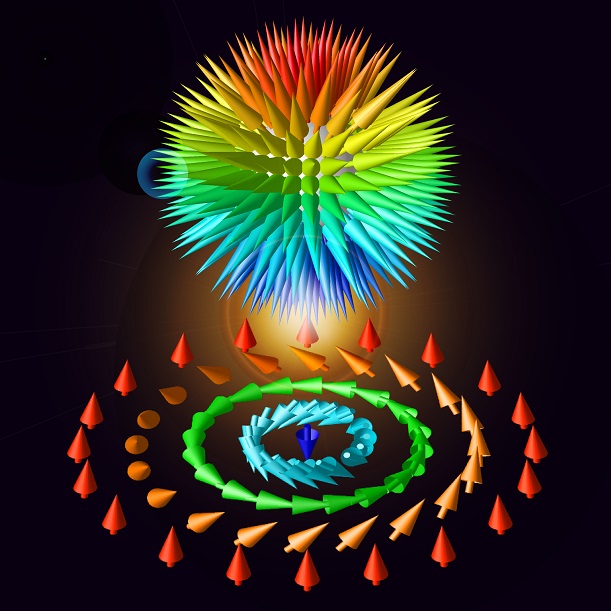
A single neuron in isolation cannot be said to possess memory, feelings, or consciousness. However, group many neurons together and the type of advanced information processing that takes place in the human brain suddenly appears. This suggests that perhaps each level in the micro-macro hierarchy can only be understood with a different logic. Might such a hierarchy also exist in ordinary materials that appear on first glance to be more straightforward and less complicated than neurons?
Emergent phenomena
Professor Yoshinori Tokura of the Graduate School of Engineering (also Center Director of the Riken Center for Emergent Matter Science) typically begins his undergraduate lectures in solid-state physics—the science of the characteristics of matter—in the following manner: “What gives things their color? Why are metals silvery and leaves green? The phenomenon of color is entirely due to the movement of electrons.” What does he mean by this?
“Due to the movement of electrons” doesn’t necessarily mean that individual electrons are responsible for the luster of a metal or the color of an object. The real significance is rather that it is the interactions between electrons that are important.
It may be tempting to think that a material’s macroscopic characteristics—for example, its mechanical, electrical, magnetic, optical or other physical properties—can be understood by reducing it down to the microscopic state, focusing on aspects such as the arrangement of atoms, bonding between atoms, and the behavior of electrons around atoms. However, when emergent phenomena arise for a collection of individual parts, in which the characteristics of the whole surpass the sum of the parts, it is no longer reasonable to adopt this type of reductionist approach of trying to understand macroscopic properties by recourse to the microscopic level.
Using this concept, physical properties can be regarded as emergent phenomena of electrons. Bashfully admitting to his penchant for creating buzzwords, Tokura calls his own research field “emergent matter science” (that is, “emergent” plus “materials science”). Rather than slavishly following the reductionist approach to understanding physical properties, the term emergent matter science accurately reflects the fact that a different logic is required to understand each level in the hierarchy.
Electrical insulator one moment, high-temperature superconductor the next
Emergent materials are typified by the family of copper oxide high-temperature superconductors, which also demonstrate a new logic at the macroscopic level (figure 1). When electricity flows in a material, part of the energy is usually lost as heat. In a superconductor, however, no energy is lost; the electrical resistance is zero.
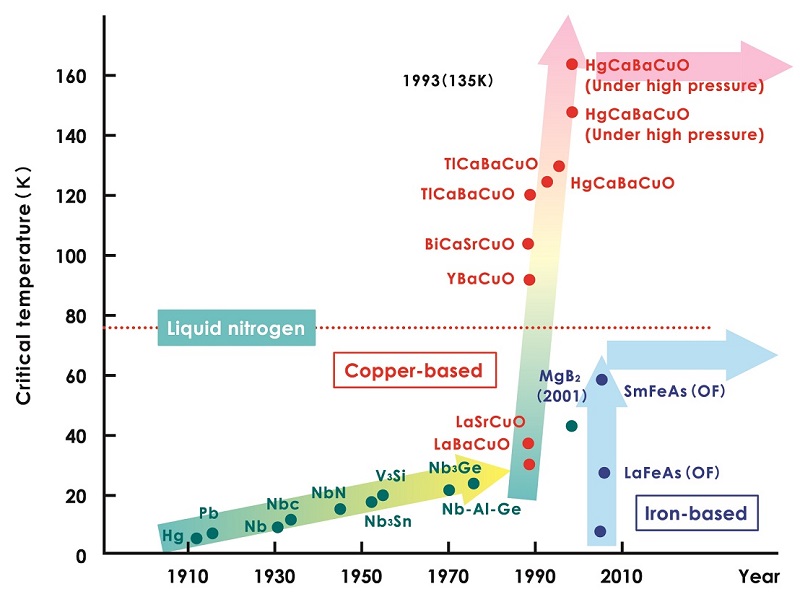
Figure 1: The revolution in superconducting transition temperatures
Superconductivity that occurs via a completely new mechanism was discovered in copper oxide compounds, and the critical temperature—the lowest temperature at which superconductivity is manifested—was raised dramatically.
© 2015 The University of Tokyo.
Tokura began his research into high-temperature superconductors in the latter half of the 1980s when he spent a year abroad at an IBM research center. The prevailing view at the time was that superconductivity was an extreme form of heightened electrical conductivity in metals. However, the state of superconductivity in the copper oxide superconductors that Tokura studied seemed to be an emergent phenomenon in a material that immediately beforehand was an electrical insulator and did not pass any electricity at all.
Let’s examine this a little more closely. The strong interactions among electrons in copper oxide compounds mean that the electrons are firmly locked into the atomic lattice structure. The electrons in such a material are described as being “strongly correlated.” In this state, the electrons are pinned and cannot move within the compound. As a result the material acts as an electrical insulator, with properties completely opposite to those of a superconductor. However, when some electrons are pulled out of one of these copper oxide compounds, the electrons arranged systematically in the lattice structure “melt” as one, and the copper oxide insulator immediately becomes a superconductor. Removing just a few percent of the electrons from an insulator changes its physical properties completely. This is precisely what we mean by an emergent phenomenon; one that cannot be explained by reductionist thinking about individual electrons.
Colossal magnetoresistance and multiferroics
Working his way along the periodic table from titanium to copper, Tokura conducted a series of experiments adding or removing some electrons to or from a variety of compounds of each element. In experiments conducted in the 1990s, Tokura discovered an even more interesting phenomenon, that of colossal magnetoresistance. He found that the electrical resistance of an oxide compound with a structure known as perovskite changes by more than 1,000-fold in the presence of a magnetic field.
Apply an electric field to any solid and it becomes electrically charged overall and electrically polarized, with the ends of the material becoming positively and negatively charged. Apply a magnetic field to any solid and it becomes magnetically charged overall and magnetized, with the ends of the material becoming south and north poles.
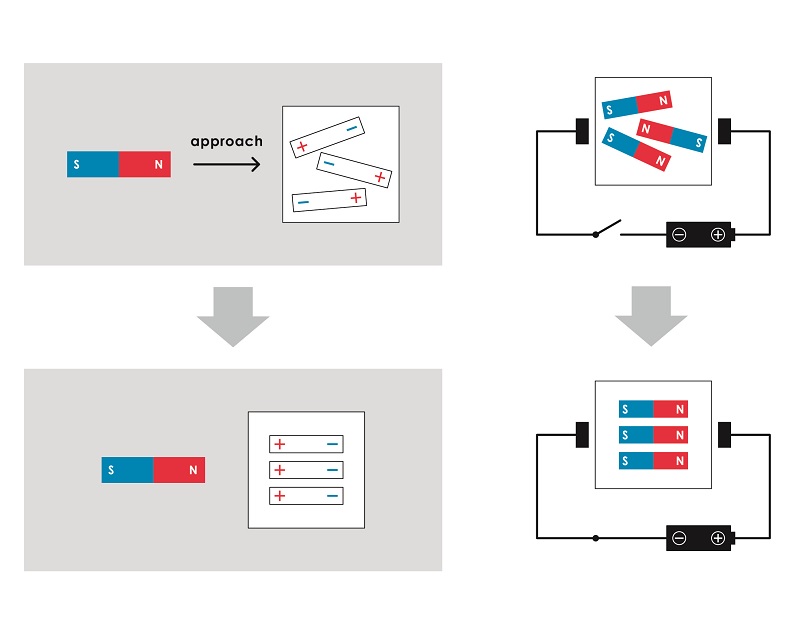
Figure 2: Conceptual diagram of a multiferroic material
The material becomes electrically polarized when a magnetic field is applied (left) and magnetized when an electric field is applied (right).
© 2015 The University of Tokyo.
The scientist Pierre Curie, husband of the renowned French physicist Marie Curie, hypothesized the existence of materials that would become electrically polarized in the presence of a magnetic field and magnetized in the presence of an electric field.
The direction of magnetization in ferromagnetic materials such as permanent magnets, which can become magnetized in the absence of a magnetic field, and the direction of the polarization in ferroelectric materials, that can become polarized in the absence of an electric field, can each be reversed by tiny magnetic fields or electric charges. If a material is both ferromagnetic and ferroelectric, and if the magnetization and electrical polarization are interrelated, the material of Pierre Curie’s imagination will become a reality.
Materials that concurrently have such properties—ferromagnetism, ferroelectricity, ferroelasticity, etc.—are known as multiferroics (figure 2). Altering magnetization by the application of an electric field, non-obvious input-output relationships and the like are examples of emergent phenomena that result when multiple electrons demonstrate as a whole properties beyond those of individual electrons.
The skyrmion: a particle generated from multiple electron spins
In 2010, a completely new particle known as the skyrmion was observed, identified as an emergent phenomenon of electron spins (figure 3). Tokura is vigorously pursuing this field of emergent matter science.
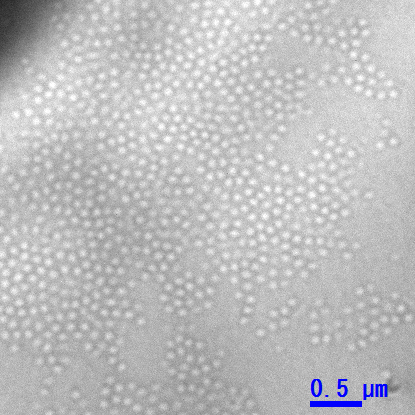
Figure 3. Direct observation of skyrmions
In a world-first, Tokura’s research group successfully observed individual skyrmions using a specialized electron microscope.
© 2015 X.Z. Yu and Y. Tokura.
A skyrmion consists of a whirlpool-like collection of thousands of electron spins, but behaves as if it were a single particle. As you might expect, this too is an emergent phenomenon that cannot be explained by reduction to individual electron spins. The skyrmion “particle” can be moved with minimal electrical energy consumption, it can affect the trajectories of electrons as if it were a giant magnetic field, and even has the potential to act like a magnetic monopole.
Tokura is not only fascinated by the interesting physical properties of skyrmions, but also thinks about the significant potential for next-generation electronics, saying “In this day and age, experiments with practical applications are vitally important.” A non-dissipative quantum-electrical circuit that operates with negligible energy consumption could be the ultimate environmentally friendly device. Fantastic scenarios abound, but given the time taken for physics to yield innovations to date, Tokura believes that it may take a few decades to centuries for them to become a reality.
The future of emergent matter science research
Research into emergent matter science has yielded high-temperature superconductors, multiferroics, and skyrmions. Because they are all difficult to visualize in concrete terms, Tokura says “I am used to hearing that emergent matter science is difficult and incomprehensible.” On the other hand, it may look even to researchers in the same field that he is jumping from project to project.
“It may appear to lack consistency, but it does have an internal logic that makes sense,” stresses Tokura. “Because it is impossible to understand the world on the basis of a single principle,” Tokura’s motive is to pursue new phenomena that cannot be reduced to a single logic, instead weaving a new logic to explain them.
Emergent phenomena are those for which the whole cannot be explained by recourse to the individual parts. Because it is difficult to predict the phenomena that will emerge from the individual parts, phenomena that no one anticipated and innovations in the fields of science and technology may yet remain hidden. Emergent matter science is shaping the future by identifying emergent phenomena in the field of condensed matter physics.
Interview/text: Naoto Horibe
Translation: Tony Atkinson
Researcher
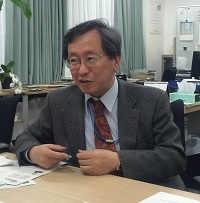
Professor Yoshinori Tokura







